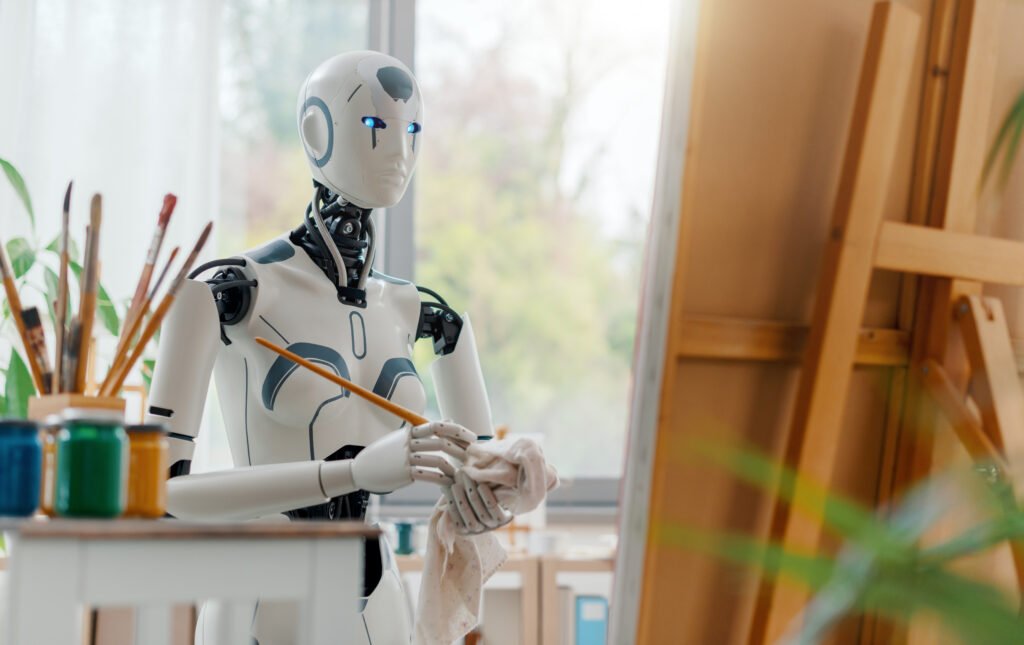The history of art is always written around crises of legitimacy. When photography emerged, the camera was accused of stealing the painter’s role. When Cubist collage appeared, there was talk of disrespect for tradition. So, when Duchamp exhibited a urinal, it seemed that the very concept of art had dissolved. Today, the dispute revolves around artificial intelligence and the machine.

Refik Anadol projects volumes of data onto monumental facades, transforming statistics into visual catharsis ; at the same time, millions of users feed programs that generate instant images, often indistinguishable from the human hand. In the noise of pixels and neural networks, a question cuts across museums and courts: who is the author of the work?
The dilemma is not just legal, but existential. The modern notion of art has always favored the figure of the genius, the subject capable of signing an unmistakable style. AI shuffles this principle: it trains on millions of works, absorbs styles, and recreates signatures. The human gesture, once a mark of authenticity, dissolves into calculated probabilities.
The Human Artist in the Age of the Machine
But reducing the issue to “plagiarism” would be too narrow. In practice, there is a redistribution of creative power. The human artist becomes less of a craftsman and more of a curator of instructions—writing prompts, selecting outputs, deciding what to show and what to discard. In this game, authorship seems to shift to a hybrid space: no longer the isolated individual, but the relationship between human, the Machine, and the collective archives that sustain the algorithm.
This discomfort opens a fertile field. On one hand, many see it as the death of originality. On the other, perhaps we are facing a new form of collective expression, where the artist does not invent alone but navigates an ocean of data. In this sense, AI is less an author than a mirror: a mirror that reflects, with brilliance and distortion, the cultural accumulation of centuries.
The question that remains is whether we want to continue to uphold the romantic idea of individual authorship or if we accept that creation is always the result of networks. What AI does is make this condition explicit: all art is recombination. What is unsettling is not the recombination itself, but the speed, scale, and absence of “human error”.
In the end, perhaps it is not about choosing between machine or human, but about understanding that art has always been a territory of contaminations. The future of art does not lie in denying AI, but in using it to reopen the old question: is creation a singular act or a collective murmur crossing through time?



